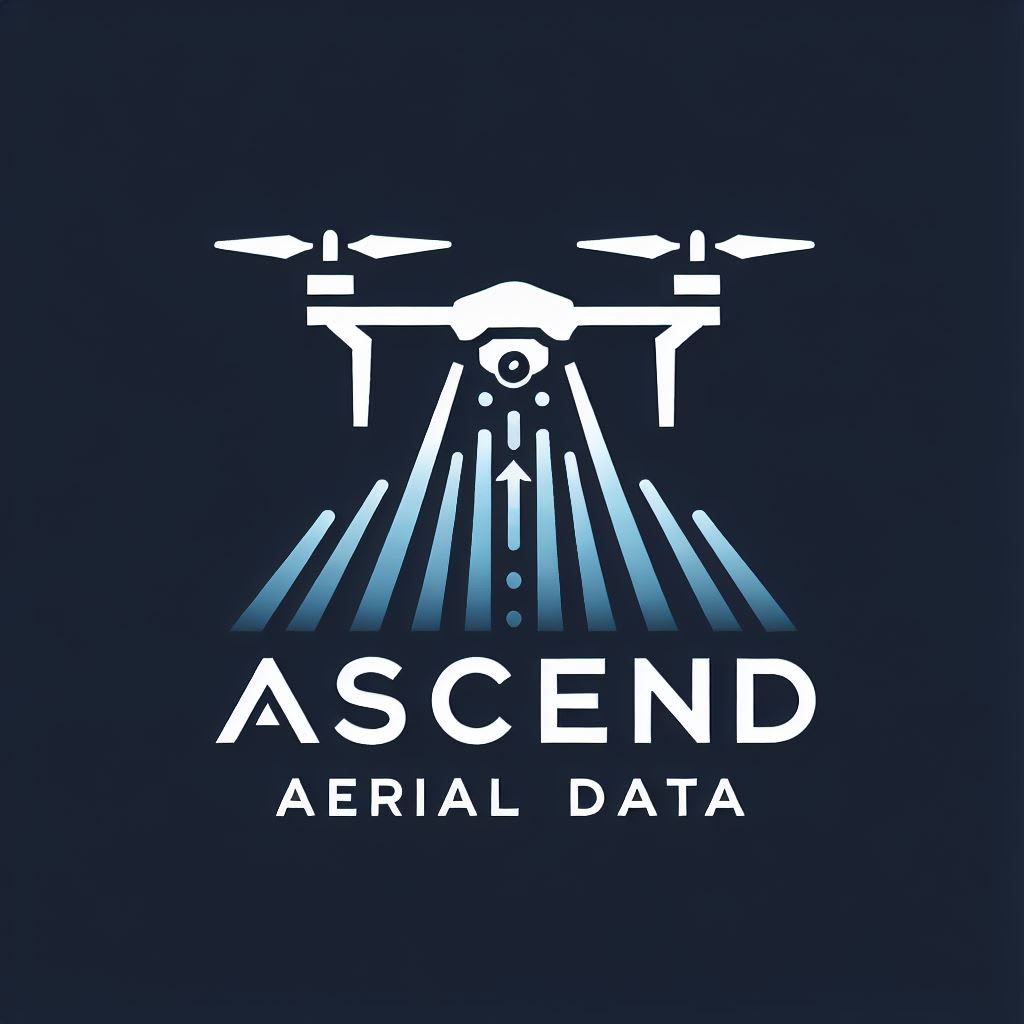
How Drones Are Changing the Game for Solar and Wind Projects

Posted on July 24, 2025
How Drones Are Changing the Game for Solar and Wind Projects
A chat with Julie Bonnardel, CEO of Ascend Aerial Data
We recently caught up with Julie Bonnardel, CEO of Ascend Aerial Data, to talk about how drone tech is making a big impact in renewable energy—especially in solar and wind. From scouting land to construction, commissioning, and ongoing maintenance, drones are streamlining it all. With tools like LiDAR, RGB imagery, and thermal sensors, project teams are getting the insights they need faster, safer, and with a lot less hassle.
“Drones are a game changer,” Julie says. “They give us fast, detailed, accurate data—way beyond what you can do with boots on the ground.”
And that speed and precision? It helps eliminate delays, smooth out workflows, and reduce manual work across the board.
Why Drone Data Really Matters in Renewable Energy
Julie puts it simply: “Speed is a huge deal.” A 4-5 MW solar site might take more than a full day to inspect using old-school methods. On big sites, you’d be lucky to cover 1–3% of the area.
But drones? They can map it all in hours, not days—and in way more detail. On top of that, drone data helps with better planning, early issue detection, cost savings, and lowering risk.
“Drone-based reality capture has completely transformed the way we plan, build, inspect, and maintain energy sites,” says Julie.
What Tools Are in the Drone Data Toolkit?
Drone tech isn’t one-size-fits-all—it’s a set of tools that work best at different project stages. Julie gave us a quick breakdown:
1. LiDAR Surveys – Know the Land Before You Build
LiDAR is used early in the game—during site planning and design. It gives teams accurate 3D maps of the terrain.
“With LiDAR, you can understand the land’s slopes, drainage, and elevation changes. It’s the foundation for everything that comes next,” says Julie.
2. RGB Imagery – Tracking Progress from Start to Finish
High-res, color aerial photos stitched into detailed site maps—these are the go-to during construction.
“It’s incredibly useful to track build progress and share updates with stakeholders,” Julie explains. “You can spot problems early and make sure everything lines up with your plans.”
3. Thermal Imaging – Performance and Compliance
Thermal drone flights serve two main purposes:
- Commissioning: After build-out, developers need to prove the system performs to code.
- Operations & Maintenance (O&M): Regular thermal checks help spot hot spots, damaged panels, or electrical issues early—before they turn into major problems.
“We use IR-equipped drones to make sure systems are operating properly and meeting compliance standards,” Julie adds.
The Value of Good Drone Data: Faster, Safer, Smarter
The real power of drone data—whether it’s LiDAR, RGB, or thermal—is that it’s accurate, actionable, and fast.
“Flying the drone is the easy part,” Julie says. “What matters is delivering solid, useful data that helps teams make smart decisions.”
That kind of data helps teams catch problems early, minimize downtime, stay compliant, and save money—all without spending endless hours on-site.
Scaling Up: Consistency Across Projects
One big hurdle in renewables is keeping things consistent across multiple sites. Ascend Aerial solves this with a network of FAA-certified drone pilots who all follow the same capture protocols, no matter where they’re flying.
“We’re built to scale,” Julie says. “Whether it’s a 10 MW solar field in Texas or a huge wind farm in Iowa, our team knows how to get the job done right and deliver the same high-quality data every time.”
That kind of consistency is key when you're managing big portfolios or reporting to investors and engineers.
What to Look for in a Drone Data Partner
Julie makes it clear: flying a drone is just the beginning. What matters is the end-to-end service.
“You want more than just a drone operator. You need a reliable, responsive partner who gets your goals and delivers exactly what you need, when you need it,” she says.
Here’s her shortlist of what to look for:
- Scalable services that grow with your projects
- Standardized processes across all data types
- Fast turnaround and clear communication
- Deliverables that are actually usable—not just raw files
Drones Aren’t Optional Anymore
Julie believes drones are now an essential part of any serious renewable energy project.
“They’re not a luxury tool anymore—they’re built into the workflow,” she says. “We’ve seen this shift firsthand, and it’s only accelerating. We’re growing right alongside the tech and evolving with what our clients need.”
With faster turnaround, safer site visits, and data that actually helps, drone services are becoming a no-brainer.
Final Takeaway
From LiDAR to RGB to thermal, drones are now central to clean energy.
“At the end of the day,” Julie says, “drones help teams move faster, reduce costs, and make better decisions. That’s why they’re becoming such a critical part of building the future of renewable energy.”
Take Your Project to New Heights
Whether you’re looking for aerial photography, construction monitoring, or precision agriculture services, our team of FAA-certified pilots is here to help.
